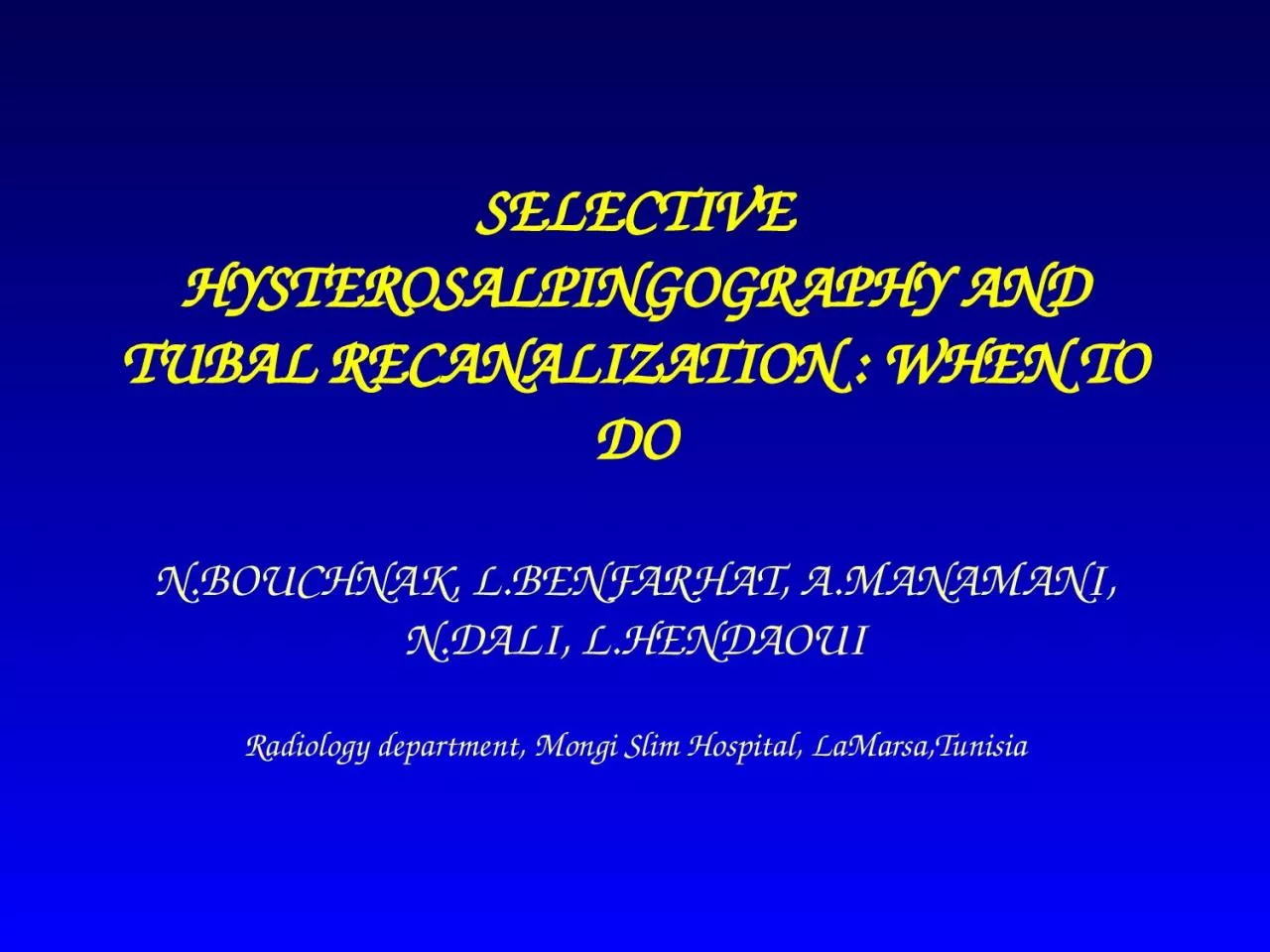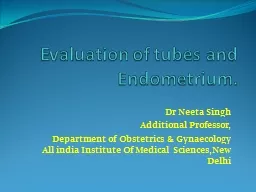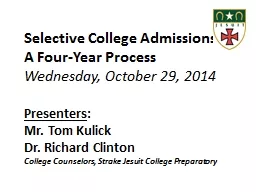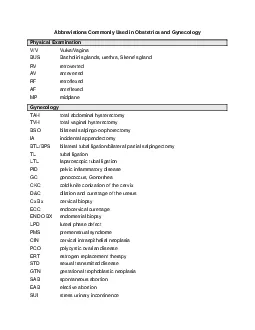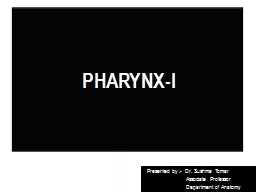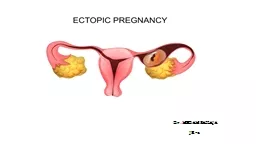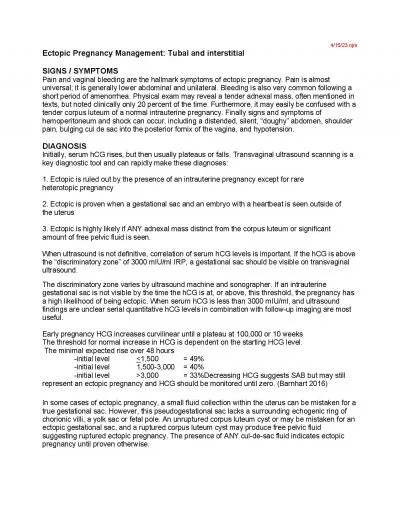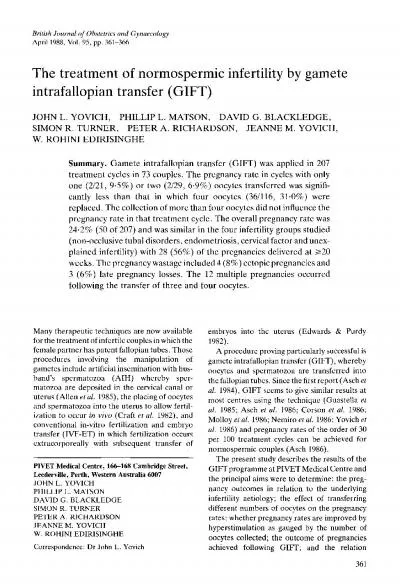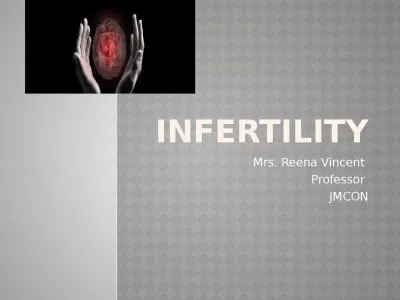PPT-SELECTIVE HYSTEROSALPINGOGRAPHY AND TUBAL RECANALIZATION : WHEN TO DO
Author : cecilia | Published Date : 2022-06-28
NBOUCHNAK LBENFARHAT AMANAMANI NDALI LHENDAOUI Radiology department Mongi Slim Hospital LaMarsaTunisia OBJECTIVE A review of the radiology departments experience
Presentation Embed Code
Download Presentation
Download Presentation The PPT/PDF document "SELECTIVE HYSTEROSALPINGOGRAPHY AND TUBA..." is the property of its rightful owner. Permission is granted to download and print the materials on this website for personal, non-commercial use only, and to display it on your personal computer provided you do not modify the materials and that you retain all copyright notices contained in the materials. By downloading content from our website, you accept the terms of this agreement.
SELECTIVE HYSTEROSALPINGOGRAPHY AND TUBAL RECANALIZATION : WHEN TO DO: Transcript
Download Rules Of Document
"SELECTIVE HYSTEROSALPINGOGRAPHY AND TUBAL RECANALIZATION : WHEN TO DO"The content belongs to its owner. You may download and print it for personal use, without modification, and keep all copyright notices. By downloading, you agree to these terms.
Related Documents

